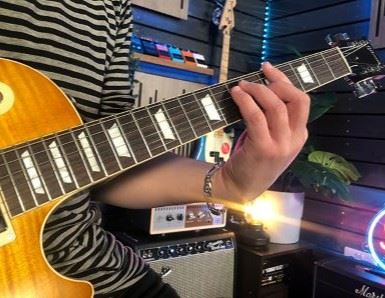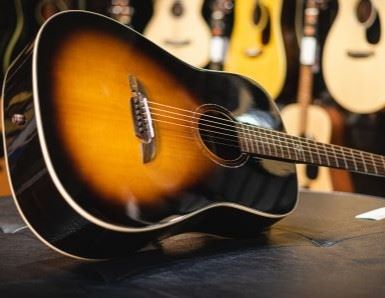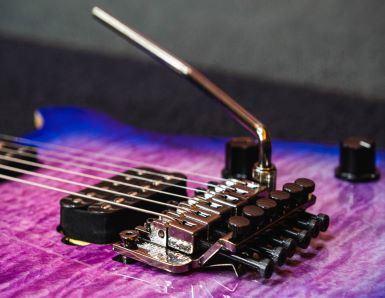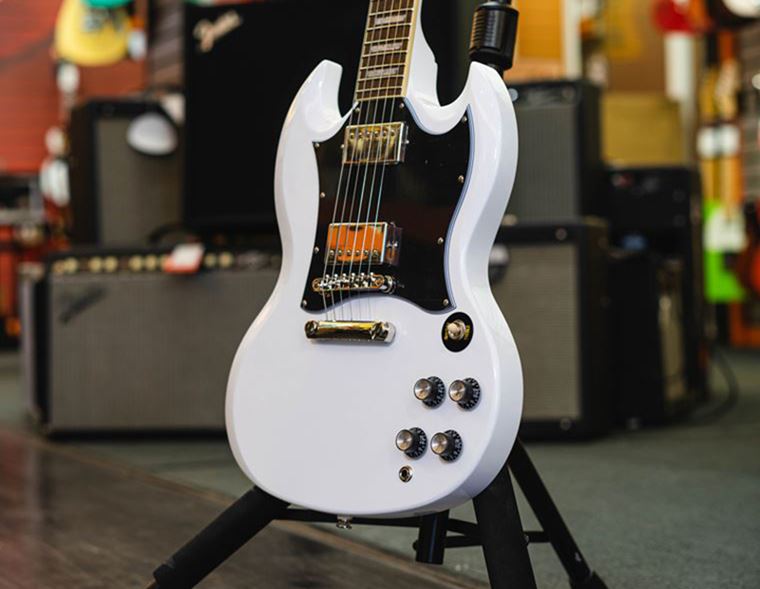Evolution of Ibanez Guitars: A Brief Journey Through History
Published on 31 May 2023
Disclaimer: The information in this article is provided by the guest blogger and does not necessarily reflect the views and opinions of guitarguitar.
In the realm of guitars, Ibanez stands as a testament to innovation, resilience, and quality. From its origins as a sheet music distributor in Japan to its global recognition as a guitar manufacturer, Ibanez's journey is a captivating tale of constant reinvention.
This story takes us through the history of Ibanez, where we cover the importation of high-end classical guitars, the rock 'n' roll era, the lawsuits, all the way through to the present day where Ibanez continues to redefine the guitar landscape.
In this article, we'll explore the rich history of Ibanez guitars, their unique designs, collaborations, and their commitment to diversity and innovation. So, tune up and get ready to delve into the fascinating world of Ibanez guitars.

Hoshino Gakki: The Birthplace of Ibanez
The story of Ibanez begins with Hoshino Gakki, a company established in 1908 in the bustling city of Nagoya, Japan. Initially, Hoshino Gakki was a distributor of sheet music. But its business model was soon to undergo a significant transformation.
During the latter part of the 1920s, Hoshino Gakki started to import exquisite classical guitars created by the acclaimed Spanish luthier, Salvador Ibáñez. These guitars, known for their exceptional quality and craftsmanship, quickly gained popularity in Japan.
Recognising the potential of the guitar market, Hoshino Gakki pivoted from importing to manufacturing guitars, adopting the name 'Ibanez' in honour of the respected Spanish maker.
As the craze for rock 'n' roll swept across the globe in the 1950s, Hoshino Gakki responded to the changing musical genre by shifting its focus from acoustic to electric guitars.
Despite their unconventional designs and entry-level quality, these guitars marked the beginning of Ibanez's journey in the global guitar market.
The Lawsuit Era: A Turning Point for Ibanez
Ibanez's history witnessed a noteworthy phase during the late 1960s and '70s, commonly referred to as the "lawsuit era." Throughout this period, Ibanez transitioned its manufacturing focus from creating original designs to producing exceptional replicas. But of renowned American brands such as Fender and Gibson.
The superior build quality of Ibanez's replicas, coupled with a decline in quality from U.S. manufacturers, caught the attention of guitar enthusiasts worldwide. Nevertheless, this remarkable achievement did not escape attention. Norlin (the parent company of Gibson between 1969 and 1986) initiated legal action against Hoshino Gakki, accusing Ibanez of trademark infringement pertaining to the headstock designs of their guitars. Eventually, both parties reached an out-of-court settlement in 1978, signifying the conclusion of the lawsuit era.
Despite the legal challenges, this period proved to be a turning point for Ibanez. By the time the lawsuit was settled, guitarists were already aware of the high quality and comparatively low-cost guitars offered by Ibanez.
Moreover, several high-profile artists, including George Benson, had already adopted original Ibanez designs. With this newfound momentum, Ibanez ceased producing replicas and focused solely on the production of original designs.
This shift marked the beginning of a new era for Ibanez. One characterised by innovation, diversity, and a commitment to meeting the evolving needs of musicians.
Signature Models
The 1980s marked a significant shift in the music industry, with the rise of shred and the demand for guitars that offered optimal speed and greater playability. Ibanez responded to this change by introducing the Roadstar and Saber models, which would later become the iconic RG and S series.
These models, with their hot pickups, slender necks, and floating double-locking tremolo bridge, were designed to meet the demands of the new generation of guitarists.
But Ibanez didn't stop there. Recognising the influence of artists on the guitar-buying public, the company began collaborating with musicians to create signature models. These models are distinguished by their unique serial numbers.
Artists like Joe Satriani, Steve Vai, and Paul Gilbert were given the opportunity to create completely original models that reflected their unique style and needs. These collaborations resulted in some of the most popular models in Ibanez's history, driving the brand's reputation for innovation and diversity.
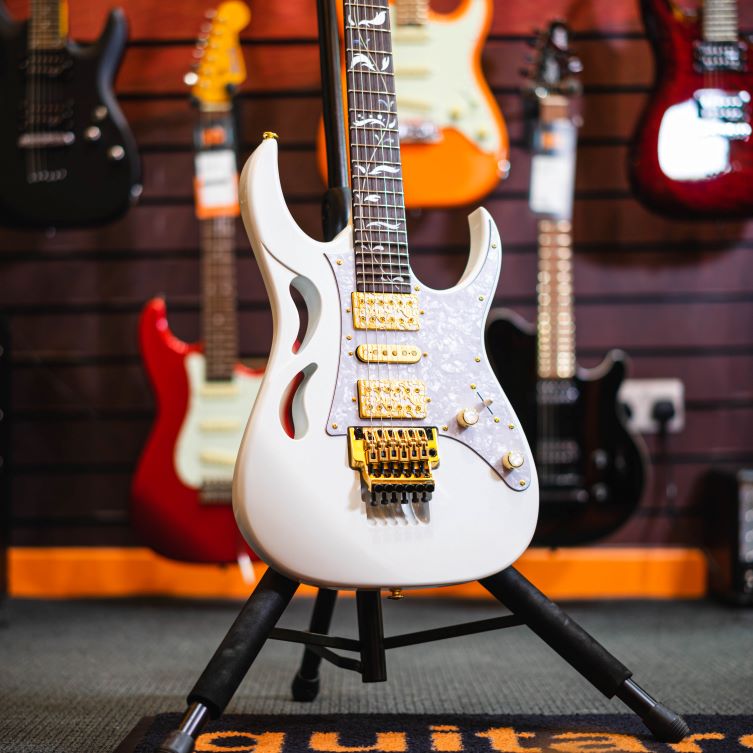
Extended Range Instruments
Ibanez has consistently stayed ahead of the curve, responding to changing musical genres and the needs of new generations of players. One of the most significant innovations in this regard has been the introduction of extended range instruments.
As the popularity of genres like Nu-Metal grew, so did the demand for guitars that could handle dropped tunings and provide a broader range of notes. Ibanez responded to this demand by introducing 7-string guitars, popularised by the Steve Vai signature Universe model. These guitars, with their additional string, offered musicians the ability to explore new sonic territories.
But Ibanez didn't stop at seven strings. The company continued to push the boundaries of what a guitar could be, introducing 8-string and even 9-string models. These guitars, with their longer scales and fanned frets, were designed to handle drop tuning and provide a broader tonal range.
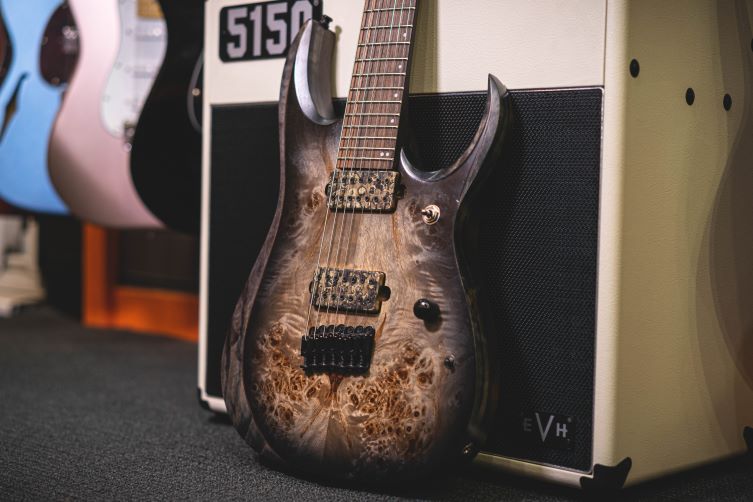
Ibanez in the Jazz Scene
While Ibanez has made a name for itself in the rock and metal genres, it has also left an indelible mark on the jazz scene. Recognising the unique needs of jazz musicians, Ibanez has introduced a range of models. These are specifically designed for jazz music.
Models like the PM200, JSM100, GB10, and the AS series have become popular choices among jazz guitarists for their warm tones, smooth playability, and exceptional build quality. These guitars are a testament to Ibanez's commitment to diversity and its ability to cater to a wide range of musical genres.
Ibanez's impact on the jazz scene extends beyond the instruments themselves. The company has also collaborated with renowned jazz musicians to create signature models.
These collaborations have not only resulted in instruments that meet the specific needs of jazz musicians, but have also helped to cement Ibanez's reputation as a versatile and innovative guitar manufacturer.
The Shred Era: Meeting the Demand for Speed
The 1980s marked a seismic shift in the world of guitar-driven music. This was the era of shred! A genre characterised by high-speed soloing and technical proficiency.
Traditional guitar designs often fell short in catering to the needs of shredders, who demanded more speed, playability, and versatility from their instruments.
Ibanez, with its finger on the pulse of the music industry, responded to this demand with a series of innovative designs. These guitars, with their high-output pickups, rigid tremolo systems, thin necks, and deep cutaways, were tailor-made for the shred genre.
The innovation didn't stop there; Ibanez also collaborated with high-profile artists to create signature models that met the specific needs of shredders. Artists like Nita Strauss were given the freedom to design completely original models, resulting in some of the most popular shred guitars, like her JIVA10.
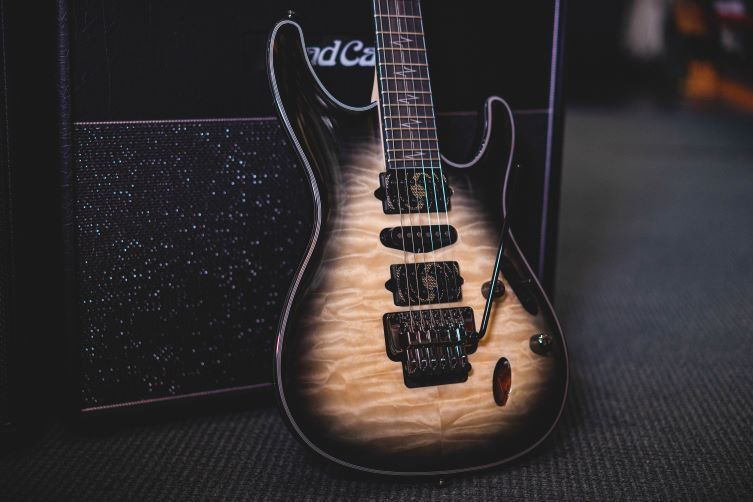
Ibanez in the Guitar Industry: A Legacy of Innovation
Ibanez's impact on the guitar industry is undeniable. From its early days as a distributor of imported guitars to its current status as a globally recognised guitar manufacturer. Ibanez has consistently pushed the boundaries of what a guitar can be.
Perhaps the most significant aspect of Ibanez's legacy is its commitment to diversity. The brand offers a wide range of guitars at different price points, making quality instruments accessible to players at all levels.
This commitment to inclusivity, coupled with a relentless drive for innovation, has cemented Ibanez's position as a leader in the guitar industry.
Author: Don East
Bio: Don East is a guitarist, musician, and electronics engineer that has helped develop products for some big brands. He also spends his time as the editor for a music blog called Killer Rig. He takes pleasure in sharing what he knows with the community in order to help promote a better experience for people who seek to create music.

